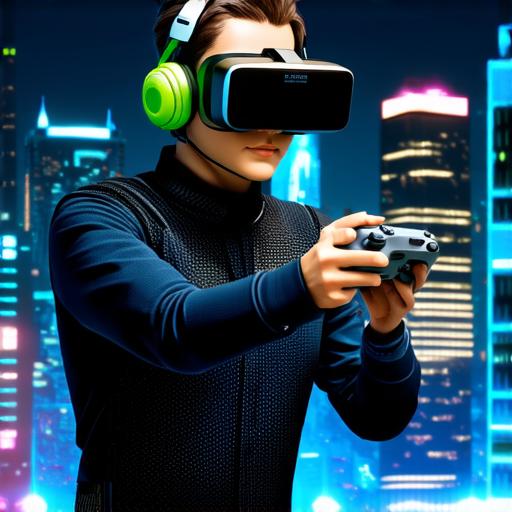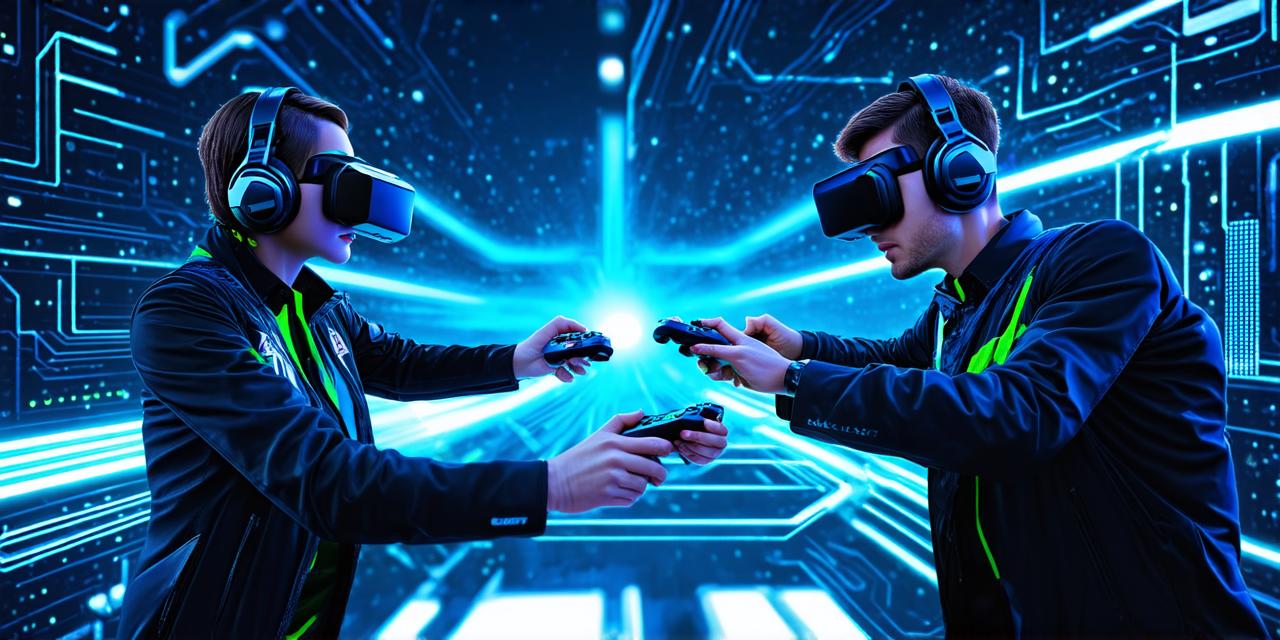Virtual reality (VR) technology is a rapidly advancing field that has the potential to transform the way we experience and interact with the world around us. With the ability to create immersive, simulated environments, VR technology is being used in a variety of applications from gaming to education to healthcare.
One of the key ways that VR works is through stereoscopic display and motion tracking. The headset provides a 360-degree view, while sensors on the user’s body track their movements and adjust the image accordingly. This creates a seamless experience that feels like being in the real world, even though you’re actually sitting in front of a computer screen.
There are many different applications for VR technology, and it’s being used in a variety of fields. Gaming is one of the most well-known applications for VR technology, with games like Beat Saber and Half-Life: Alyx showcasing the power of VR to create immersive and engaging experiences.

In education, virtual field trips can be used to take students on trips to far-off places without ever leaving the classroom. VR technology is also being used in healthcare to treat conditions like anxiety and PTSD, and in training for military simulations and medical training.
One of the benefits of using VR technology is increased engagement. Because the simulated environment feels so real, users are more likely to be fully immersed in the experience and less likely to distractions or boredom. This can be especially helpful in applications like education, where it’s difficult or impossible to replicate real-life scenarios in a safe and controlled environment.
However, there are also some potential challenges that need to be considered when using VR technology. One challenge is the cost of the hardware needed to run VR applications, which can be prohibitively expensive for some users. Another challenge is the potential for motion sickness or discomfort when using VR technology, which can affect some people more than others.
Finally, there are concerns about the potential for VR technology to be used in ways that may harm individuals or society as a whole, such as in military simulations or for surveillance purposes.
If you’re interested in using VR technology, there are several steps you can take to get started. First, you’ll need a VR headset, which is the device that you wear on your head to experience the simulated environment. There are many different types of VR headsets available, ranging from low-end options like the Google Cardboard to more advanced options like the Oculus Quest.
Next, you’ll need some content to experience, which can be anything from a simple game to a complex educational program. Finally, you’ll need a computer with enough processing power to run VR applications, as well as any necessary peripherals like gloves or a hand controller.
The future of VR technology is still uncertain, but it’s likely that we will see many new and exciting applications emerge in the coming years. As the technology continues to improve, we can expect to see more immersive and engaging experiences, as well as new ways of using VR for education, healthcare, and training.
Some possible future applications of VR technology include virtual travel, remote collaboration, and even augmented reality (AR) experiences that overlay digital information onto the real world.
In conclusion, virtual reality (VR) technology is a rapidly advancing field with many potential applications in various fields. While there are some challenges associated with using VR technology, the benefits of increased engagement, improved learning outcomes, and enhanced realism make it an exciting and promising technology for the future. Whether you’re interested in gaming, education, healthcare, or training, VR technology has the potential to transform the way we experience and interact with the world around us.
